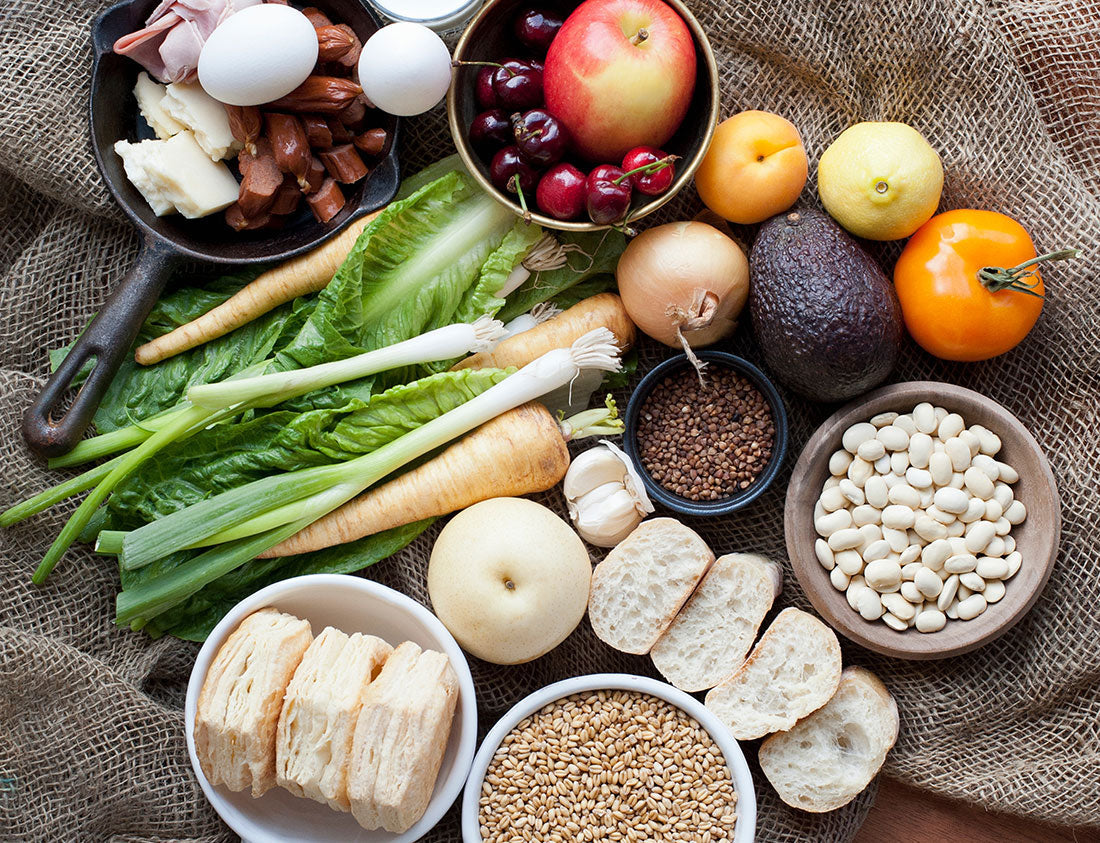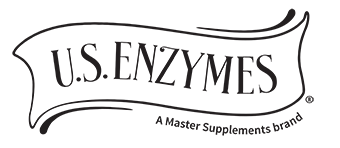
For better and NEVER for worse, the gut as a focal point of health and wellness is here to stay. I think the only challenge facing the practitioner or consumer in this context is the SHEER amount of information that is either conflicting (one claim vs another) or excessively complex for its own sake. Health information should be digestible (pun intended), and health advice should be actionable. This is why I want to start this 3-part series on the gut as an ecosystem with the very logical and appropriate focus of prebiotics.
Prebiotics, as a term, has a root definition of “before life,” where ‘pre’ means “before” and ‘biosis’ is an adapted term for life. If you break the description apart, the intended purpose of a prebiotic is right there; it comes before life, of course! This might be even more confusing until you understand fiber and its specific types.
Not all fibers are the same. Actually, no two fibers are the same, but they fall into two major categories: soluble and insoluble. Since the good ol’ days of Raisin Bran, which has been helping us poop for decades (or maybe it just fed a sugary raisin addiction), the world has associated fiber with bowel movements. For good reason, too. All fibers, both directly and indirectly, help us move our bowels. The bulk-forming fiber is insoluble, whereas a prebiotic fiber is soluble, which is a fancy way of saying it dissolves in water. The takeaway here is that ONLY a soluble fiber can be a prebiotic and therefore its role in “before life” comes from its place within the gut ecosystem.
A prebiotic plays a VERY important role as a food source for select microbes in the microbiome. The fiber, which is a carbohydrate, provides an energy source that humans cannot extract, but our microbes can via enzymatic activity. The microbes will enzymatically ferment the fiber, creating a multitude of useful compounds for the microbiome while also nourishing themselves in the process, thereby sustaining their lives and the replication of their DNA for future generations. This is WHY prebiotic fibers play such an important role in health, and their “before life” description is meant for microbial populations with which we are intimately connected, for better or worse, depending on WHICH strains of microbes are fed.
It is in this concept that all prebiotics are not created equally. Partially Hydrolyzed Guar Gum (PHGG) is derived from the seed of the guar gum tree, but not actually a “gum” itself, and it is the basis for ALL our fiber products: SunFiber, TruFiber, SunSpectrum. It is designed so that it becomes food only for specific strains of beneficial microbes that contribute to health within the gut ecosystem. This is why we refer to PHGG as a functional fiber, which allows for an accurately named description while preventing it from being lumped in with what Raisin Bran and most other supplemental fibers are thought to do. Functional fiber is a targeted food source that can feed the microbes and enhance one’s overall health through beneficial changes in a multitude of health factors: metabolic function, gut health, immune health, cholesterol dynamics, and more. The best part? It is a simple, flavorless, and convenient product to use, which can be added invisibly to any beverage, hiding from even the pickiest, discerning character. When used daily as part of an overall healthy lifestyle, this “before life” fiber can contribute to a better life for the human who uses it!
An ecosystem is only as strong as its weakest link, so by starting with giving your body the best chance to feed the ecosystem, you offer the chance for the gift of gut health to be part of your daily existence. We will see you for part 2 next month. As always, I appreciate you being on this journey with us.
By Roland Pankewich


